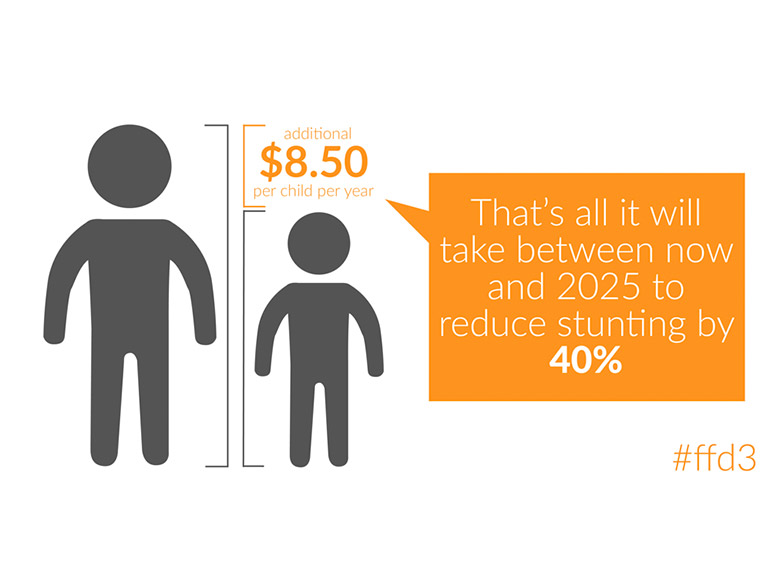4 Tips for Supporting Working Moms and Pregnant Women
You’re preparing for motherhood and counting down the days until you meet your little one! And if you’re currently in the workforce, you’re probably considering if and when you’ll return to work after your babe arrives.
We’re not going to mince words: taking care of a newborn while also working is no small task. It’s exhausting and you may sometimes feel pulled between multiple priorities. (That deadline! Your bundle of joy!) But keep in mind, if you do plan to go back to the office, you’ll be joining the hardest-working group of employees there is: the working mother.
It might feel stressful now just thinking about it, but we’ve got a few quick tips to help you— and your fellow mama-colleagues — prepare for re-entering the workforce post-baby, even before you give birth:
- Take your lunch break. This may sound silly, but between growing a small human and busting your behind at work, you need a well-deserved daily break. So go, eat in peace — away from your desk! Enjoy chewing your food uninterrupted and savoring some quiet time. Or use it as a time to connect with other working moms around the office (they might have even more helpful tips for you).
- Know your rights. If you suspect your employer is guilty of maternal profiling (meaning, employment discrimination against a woman who has or will have children) or pregnancy discrimination, don’t be afraid to speak up. Pregnant women and mothers have as many rights in the workplace as their non-mama colleagues!
- Encourage mama-friendly work environments. You’re almost a mom now, which means you’re this much closer to being a force of nature, both literally and figuratively. What better time than now to vocalize your support for things like breast milk pumping breaks built into the work day, and an office culture that embraces maternity leave?! Heck, take it one step further and urge Congress to support family leave. Not only will you appreciate your efforts, so will your colleagues who are also mamas.
- Adopt this mantra: You are doing an amazing job. Not only are you creating and sustaining human life, which requires Herculean effort, but you’re also working. Your mind and body are exerting overtime, no doubt about it. So remember, you are Superwoman. Never forget it.
Maureen Shaw is a writer, editor and proud mama who has dedicated the better part of the past decade to volunteering and working with NGOs and nonprofits. Her writing has been featured widely online, including sherights.com (which she founded in 2011), The Huffington Post, Mic.com, Feministing, Jezebel and more. Maureen holds a Master’s of Arts in Human Rights from Columbia University. You can follow her on Twitter at @MaureenShaw.


